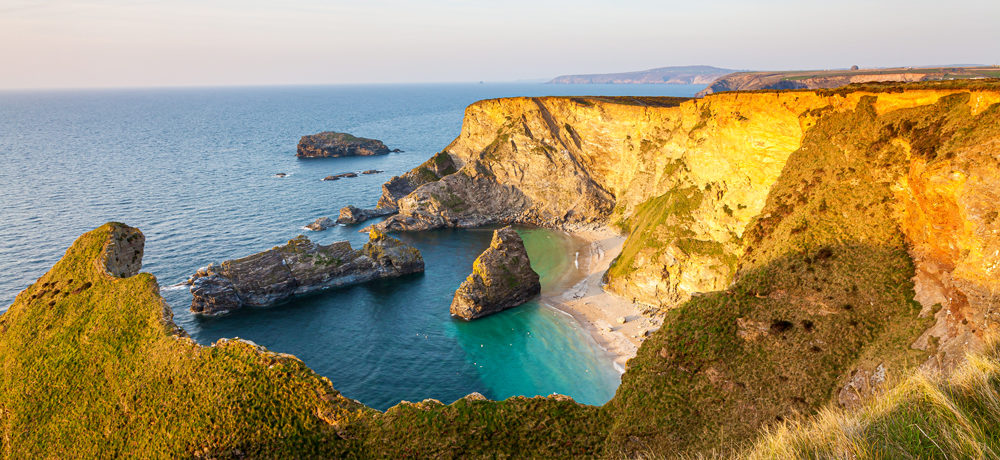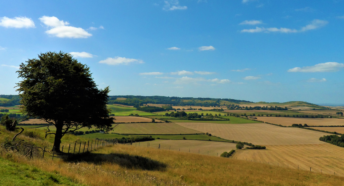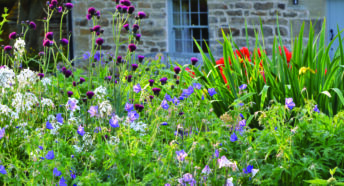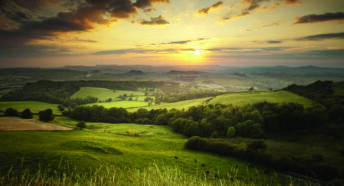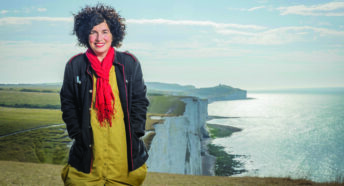Listening to a landscape: the calming sounds of nature
I’m naturally quite an anxious person. I overthink, overanalyse, lose nights of sleep over things that should not really bother me at all. I’ve tried everything for it: talking therapies, medication and meditation.
Unexpectedly, though, the thing that has worked best for me recently is an app I downloaded onto my phone that listens to birdsong, analyses it, and tells me the names of the birds I can hear singing in the wooded valley where I live, just shy of a mile from the sea. I’ve been using it for a few weeks now on my early morning and evening walks, and I’ve started to become familiar with the birds that live in this particular place. Not just the ones I could already recognise – the buzzard, blackbird and barn owl – but blackcaps, chaffinches, chiffchaffs and woodpeckers, which I rarely see, but are there in among the trees.
The app has encouraged me to stop and to listen in a way I never have before. It has opened up a whole new appreciation of the birds that occupy the valley (though it struggles to cope with the otherworldly cry of the peacock that lives on one of the nearby farms!) From what was, at first, an indistinguishable mass of bird noise, I can now make out individual calls to which I can put a name; and as a result, the valley takes on a new meaning for me.
Seabird songs
If I have time, once I have checked on the birds in the valley, I head down towards the sea, to the beautiful and dramatic North Cliffs, between Portreath and Godrevy, with the app and a pair of binoculars. More so even than the birds of my home valley, it is seabirds to which I am drawn; and particularly to those whose lives, lived mostly out on the ocean, intersect with mine only briefly and from a distance, on the clifftops. I love that I only ever see these birds in glimpses. It makes mysteries of them.
My favourite of all the birds I find here are the northern fulmars. I can happily lose hours up on the cliffs watching them soar against the backdrop of the sheer cliffs among the black-backed and herring gulls, the moody jackdaws and the occasional brown flashes of hunting kestrels.
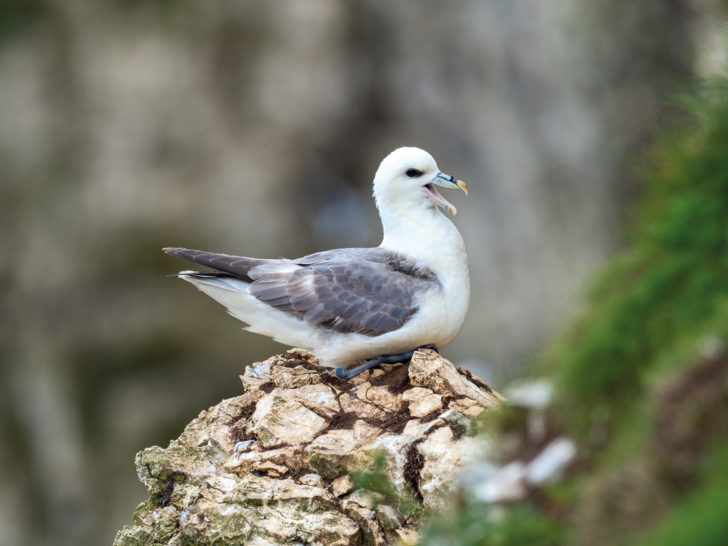
I had never noticed fulmars much until I had the chance to head to the far north, to Svalbard, where I spent some time on the crew of a wooden tall ship. During my stints at the wheel, I would often sense something just out of my sightline, and turn to see a fulmar riding the updraft of the ship. I came to think of them as a kind of companion, much in the way I imagine the daemons in Philip Pullman’s His Dark Materials. Now I seek them out on the cliffs at home where they nest on ledges, including Hell’s Mouth and around Deadman’s Cove – so named, in all likelihood, for the terror they inspired in sailors on this most rugged of Atlantic coasts.
Mordros and meditation
High above Hell’s Mouth, I sit among the sea pinks with my eyes closed and try to pick out the seabirds’ cries from within the mordros, the word the Cornish give to the sound of the sea. I don’t often hear the fulmars. They are quiet birds, serious, snub-headed things that appear, gliding, in one’s periphery rather than in plain sight – though that doesn’t stop me listening for them.
As I listen for the bird calls, it occurs to me that, aside from the occasional motorbike passing somewhere in the distance, the only sounds I can hear are those of the birds, the wind and the waves. Signs on the field boundaries and along the coast path announce that much of the land here is part of a conservation area, allowing rare butterflies to flourish on the fields, and seabirds to go about their lives without us impeding on them too much.
They need as much help as we can give them, as much space as we can give them. Like most seabird populations, fulmars are in decline. We lose this wild landscape at their peril, and ours too. Listening for the birds and watching them from the clifftops calms my mind and my almost ever-present anxieties. It is a meditation in itself, a balm for the overstimulation of modern life.
Even on a day in midsummer, it still feels wild here, with the sea crashing against the foot of the cliffs and the birds wheeling and calling to one another in the vertiginous drop. I feel my heart soar with them out from the cliffs and over the deeps and the shallows.
About the author
Wyl Menmuir is a Man Booker-nominated novelist. His first non-fiction book, The Draw of the Sea (Aurum), which explores our relationships with the seas around Cornwall and the Isles of Scilly, is out now.
A version of this article was originally published in CPRE’s award-winning magazine, Countryside Voices. You’ll have Countryside Voices sent to your door three times a year, as well as access to other benefits including discounts on attraction visits and countryside kit from major high street stores when you join as a CPRE member. Join us now.
